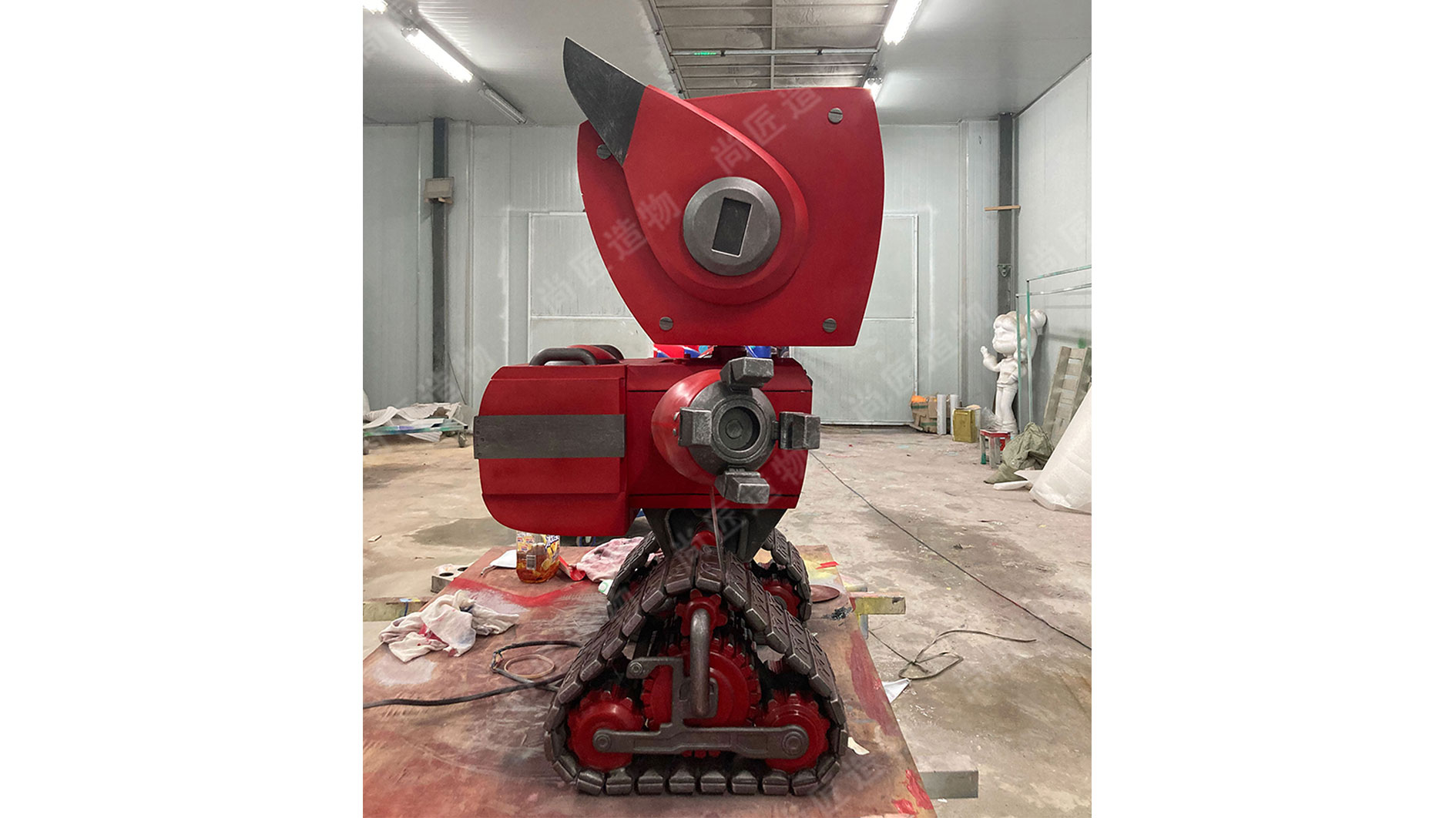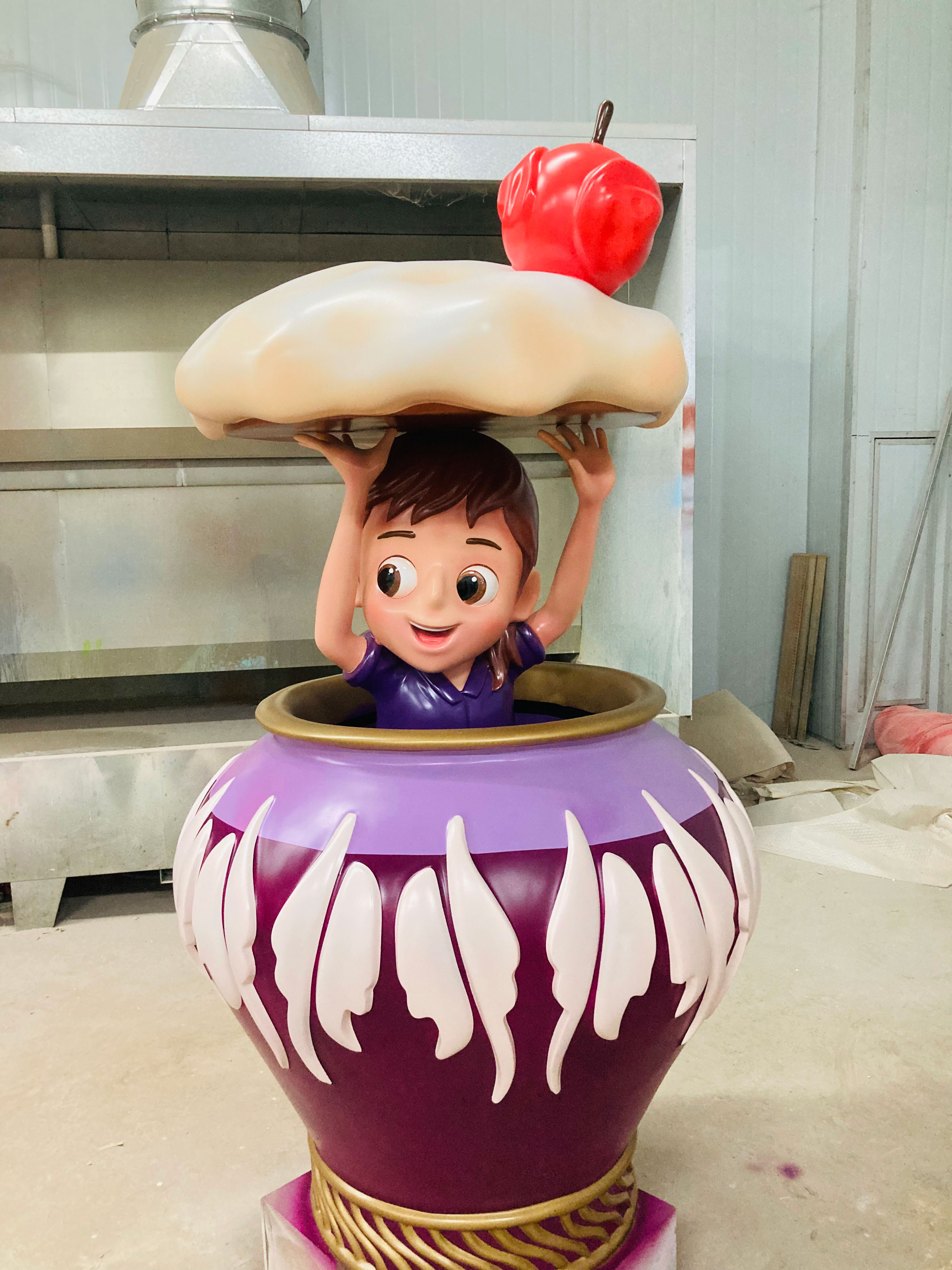Key Takeaways
Kinetic sculpture art has evolved from Alexander Calder’s iconic mobiles—balanced forms responding to air currents—to today’s complex, technology-driven installations. Early works relied on simple mechanics and natural forces, but advancements in engineering and digital innovation have expanded possibilities. Modern artists integrate robotics, sensors, and AI to create sculptures that react to environmental inputs or viewer interactions. This progression highlights a seamless blend of traditional craftsmanship, such as metalworking and material shaping, with cutting-edge motion technology.
A notable shift lies in interactivity: while mid-20th-century pieces emphasized passive observation, contemporary works invite audiences to influence movement through touch, sound, or proximity. For instance, stainless steel sculpture designs now incorporate programmable joints and kinetic algorithms, transforming static materials into dynamic narratives. The timeline of innovation underscores how artists continually reinterpret motion’s role in art—bridging aesthetics with functionality. From clockwork mechanisms to AI-driven systems, each era’s tools redefine what “movement” means, ensuring kinetic art remains a fluid dialogue between human creativity and technological possibility.

Calder Mobiles to AI-Driven Mechanics
Alexander Calder’s mid-20th-century mobiles redefined sculpture by introducing balance and airflow as artistic tools. His suspended works, crafted from wire and sheet metal, relied on precise engineering to create fluid, wind-activated motion.
“The mobile is a piece of poetry that dances with the air,” noted art critic James Johnson Sweeney, capturing Calder’s fusion of art and physics.
Today, kinetic artists integrate AI and sensor-driven systems to push boundaries. Modern works, like those by Reuben Margolin, use algorithmic patterns to mimic natural movements—think undulating waves or flocking birds. Meanwhile, installations such as “Aurora” by Squidsoup employ real-time data from weather APIs to adjust lighting and motion, blending environmental awareness with realistic sculpture techniques.
Tip: When viewing kinetic art, observe how motion alters spatial relationships—a concept rooted in Calder’s work but amplified by today’s tech.
This evolution from manual craftsmanship to digital interactivity reflects a broader shift: artists now treat motion not just as an aesthetic choice but as a dialogue between creator, material, and viewer.

Kinetic Sculpture Evolution Timeline
The evolution of kinetic sculpture traces a fascinating arc from mid-20th-century mobiles to today’s algorithm-driven installations. Alexander Calder’s hanging wire-and-metal creations in the 1930s marked the first major leap, introducing gravity-powered motion as an artistic medium. By the 1960s, artists like Jean Tinguely expanded the field with motorized works such as Homage to New York—a self-destructing machine that blended chaos with engineering.
| Era | Key Innovations | Notable Artists/Works |
|---|---|---|
| 1930s–1950s | Wind-powered balance systems | Calder’s Lobster Trap and Fish Tail |
| 1960s–1980s | Electric motors, randomness | Tinguely’s meta-mechanics, Rebecca Horn’s kinetic body art |
| 1990s–2010s | Programmable motion, sensors | Theo Jansen’s Strandbeests, Anthony Howe’s wind-driven spheres |
| 2020s–present | AI integration, responsive AI | TeamLab’s interactive lightscapes, Cartoon sculpture hybrids |
The 21st century brought computational precision, enabling sculptures that adapt to environmental data or viewer interactions. Modern pieces now incorporate materials like carbon fiber and shape-memory alloys, merging durability with fluid motion. This timeline underscores a recurring theme: each technological advancement—from simple pulleys to neural networks—has redefined how artists translate motion into meaning.
Craftsmanship Meets Motion Technology
The fusion of traditional craftsmanship with advanced motion technology has redefined the boundaries of kinetic sculpture. Early pioneers like Alexander Calder relied on hand-balanced wires and precisely shaped metal sheets to create mobiles that danced with air currents. Today, artists integrate programmable motors, sensors, and lightweight alloys to achieve complex, controlled movements. For instance, modern creators employ CNC machining to carve intricate components while preserving the tactile imperfections of hand-finished surfaces—a nod to artisanal heritage.
This synergy is evident in works like IP character sculpture, where 3D-printed forms interact with servo mechanisms to mimic organic motion. Such pieces blend analog techniques, such as metal forging, with digital systems like Arduino controllers, enabling sculptures that respond to environmental stimuli. The result is a harmonious dialogue between human skill and computational precision, where gears and code coexist to amplify artistic expression. By bridging eras, kinetic art continues to evolve, proving that innovation in motion need not sacrifice the soul of craftsmanship.
Interactive Kinetic Art Experiences
The emergence of interactive kinetic art marks a pivotal shift from passive observation to participatory engagement, blending human interaction with mechanical precision. Unlike traditional static sculptures, these works integrate sensors, motion detectors, and AI-driven systems that respond to viewers’ movements, voices, or even biometric data. For instance, Rafael Lozano-Hemmer’s Pulse Spiral uses heart rate sensors to animate lights in sync with participants’ pulses, transforming biological rhythms into visual patterns. Similarly, Studio Drift’s Franchise Freedom employs drones choreographed to mimic bird flocks, reacting dynamically to environmental stimuli.
This evolution reflects a broader trend in kinetic sculpture, where technology bridges artistry and audience agency. Early mobiles by Alexander Calder relied on air currents for motion, but modern iterations—such as Theo Jansen’s wind-powered Strandbeests or teamLab’s digital installations—leverage computational algorithms to create adaptive, real-time interactions. Museums now curate immersive exhibits where visitors influence sculptural behavior, fostering dialogues between creator, creation, and spectator. By merging craftsmanship with responsive engineering, interactive kinetic art redefines how audiences experience motion, turning spectators into co-authors of ephemeral, ever-changing narratives.
Mechanical Innovations in Moving Sculptures
The integration of advanced engineering and material science has propelled kinetic sculpture into uncharted territories of motion and precision. While mid-20th-century artists relied on manual balancing for mobiles, contemporary creators employ computational modeling and lightweight alloys to design self-regulating systems. Carbon fiber frameworks, 3D-printed joints, and laser-cut components now enable intricate, large-scale works that withstand environmental stresses while maintaining fluid movement. A notable example is the use of fiberglass sculpture techniques, which combine durability with aerodynamic flexibility—ideal for outdoor installations requiring minimal maintenance.
Modern mechanical sculptures increasingly incorporate responsive technologies, such as microservo motors and tension-sensitive bearings, allowing real-time adaptation to wind, temperature, or human interaction. Artists like Anthony Howe have pioneered wind-driven systems using asymmetric gears, creating hypnotic patterns that blur the line between organic rhythm and machine logic. Meanwhile, programmable logic controllers (PLCs) enable synchronized group movements in multi-component installations, transforming static galleries into dynamic performance spaces. These innovations not only expand artistic possibilities but also push material durability thresholds, ensuring kinetic works endure as both art and engineering benchmarks.

Tech Transformations in Kinetic Art
The integration of advanced technology has reshaped kinetic sculpture, transitioning from manually balanced mobiles to systems powered by robotics, sensors, and artificial intelligence. Where Alexander Calder relied on wind and gravity to animate his works, today’s artists employ programmable logic controllers and motion-tracking software to choreograph precise, repeatable movements. Digital fabrication tools like 3D printing enable complex geometries unachievable through traditional metalworking, while lightweight alloys and carbon fiber enhance durability without sacrificing fluid motion. Interactive installations now respond to viewer presence via infrared sensors or biometric data, creating dialogues between art and audience. For instance, contemporary pieces might adjust their rhythm based on crowd density or emit light patterns synchronized with ambient sound. These innovations expand kinetic art’s scope beyond galleries, with solar-powered public installations and data-driven sculptures that visualize climate metrics in real time. Yet, even as technology advances, the core challenge remains unchanged: harmonizing mechanical precision with artistic expression to evoke emotional resonance through motion.

Mobiles to Modern Mechanical Sculptures
The journey from Alexander Calder’s mid-20th-century mobiles to today’s mechanically complex sculptures reveals a dramatic shift in how motion is engineered into art. Calder’s suspended works, balanced by hand-tuned weights and responsive to air currents, demonstrated that sculpture could defy static conventions. By contrast, modern mechanical sculptures integrate advanced materials like carbon fiber and titanium, paired with programmable motors or robotics. Artists such as Reuben Margolin and Theo Jansen now use computational algorithms to design wave-like kinetic systems or wind-powered “strandbeests” that mimic organic locomotion.
This evolution reflects broader technological leaps. Where Calder relied on intuition, contemporary creators employ 3D modeling software to simulate motion paths and stress-test designs before fabrication. Industrial components—gears, sensors, microcontrollers—enable precise, repeatable movements, transforming sculptures into synchronized performances. Yet craftsmanship remains central: machined parts are often hand-finished to preserve aesthetic harmony. The interplay between human touch and machine precision defines this era, bridging artisanal traditions with 21st-century innovation. As viewers engage with these works—whether through motion sensors or manual interaction—they witness a living dialogue between form, function, and the invisible forces that animate them.

Centuries of Kinetic Motion Mastery
While kinetic sculpture gained prominence in the 20th century, its roots stretch back millennia. Ancient civilizations experimented with wind-powered mechanisms, such as Hellenistic water clocks and Chinese revolving lanterns, embedding motion into functional objects. During the Renaissance, clockmakers and engineers like Leonardo da Vinci fused artistry with precision gears, creating automata that mimicked life through mechanical birds and animated figures. This progression laid the groundwork for understanding balance, weight distribution, and energy transfer—principles central to kinetic art.
The Industrial Revolution introduced new materials like steel and aluminum, enabling sturdier, more complex moving structures. By the mid-20th century, Alexander Calder’s mobiles demonstrated how delicate equilibrium could transform static forms into floating choreographies. Today’s artists build on this legacy, integrating centuries-old craftsmanship with robotics and computational design. From wind-responsive installations to AI-guided kinetic systems, the mastery of motion continues to evolve, bridging historical techniques with cutting-edge innovation.
Conclusion
The journey of kinetic sculpture art reveals a remarkable dialogue between tradition and innovation. From Alexander Calder’s pioneering mobiles—graceful forms suspended in delicate balance—to today’s AI-driven installations that respond to environmental stimuli, the essence of kinetic art lies in its ability to transcend static boundaries. Over centuries, artists and engineers have refined techniques to harmonize motion with material, transforming rigid structures into fluid narratives. While early works relied on mechanical ingenuity, modern creations increasingly integrate sensors, algorithms, and renewable energy, inviting viewers to engage with art as active participants rather than passive observers. This interplay of craftsmanship and cutting-edge technology underscores a timeless truth: kinetic sculpture is not merely about movement but about evoking emotion through dynamic form. As the field evolves, it continues to challenge perceptions of art’s permanence, proving that even in motion, there is enduring beauty.
Frequently Asked Questions
What defines a sculpture as "kinetic"?
A kinetic sculpture incorporates movement, either through mechanical components, natural forces like wind, or digital technologies. Unlike static art, its form changes dynamically, creating evolving visual experiences.
How did kinetic sculpture evolve from early mobiles?
Alexander Calder’s mid-20th-century mobiles used balanced weights and airflow to drift gracefully. Modern iterations integrate motors, sensors, and even AI, enabling complex, programmed motions that respond to environmental stimuli.
Can kinetic art blend traditional craftsmanship with modern tech?
Yes. Artists often pair handcrafted elements with advanced mechanics—for example, sculpting metal forms by hand before adding robotic actuators or algorithmic controls to choreograph movement.
Are kinetic sculptures interactive?
Many contemporary pieces invite interaction. Sensors or touch-responsive systems allow viewers to influence motion patterns, blurring the line between observer and participant.
Where can I see notable kinetic sculptures today?
Museums like the Whitney and installations at tech festivals frequently showcase kinetic works. Public spaces, such as airports or parks, also feature large-scale moving sculptures as functional art.
 ch
ch English
English






